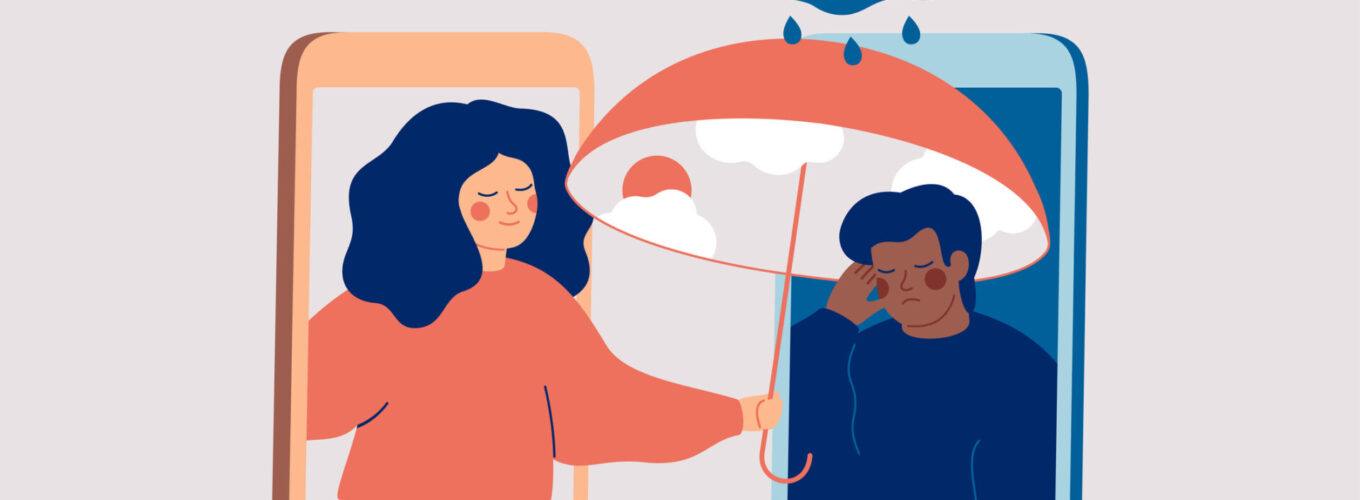In the modern world, any college that doesn’t ask how it’s reducing stress and supporting the mental health of its students isn’t doing its job. That’s a year-round calling, but it’s particularly appropriate in May, which is National Mental Health Awareness Month. It’s not just about increasing awareness, though, it’s also about reducing the stigma around seeking psychological support and trying to develop systems that better serve everyone.
Similar to the traditional education system as a whole, mental health suppor often only works well for some people, with many others falling through the cracks.
For Calbright, this means asking: how can an online college offer meaningful support to students who live in 47 counties across America’s largest state?
Keeping College Supportive, Not Stressful
The first thing Calbright does is find ways to make the online community college experience as stress-free as possible, without sacrificing academic excellence. One way we do this is by making college as “logistically easy” as possible:
- We make admissions simple: apply whenever you want, and if you’re an adult Californian with a high school diploma or equivalent, you’re in.
- We make college affordable: because we’re a free online community college, there’s no financial aid paperwork to fill out, no strings attached, and no stress about paying tuition.
- We make college flexible: our Competency-Based Education model means that students can study at their own pace, whenever they want, wherever they want.
- We use plain and simple language to describe our policies: there’s no “red tape” and no hidden curriculum. And a real person is always available to talk to a student about any issue they’re having.
“We know students have busy lives and competing priorities and so we let learners identify a timeline that works for them,” said Shannon McCarty, Calbright’s Vice President of Learning and Instruction.
Prevention is always better than treatment: by reducing the amount of stress and friction college creates in a student’s life, we support their overall psychological well-being.
But sometimes that’s not enough. Sometimes we all need more.
Free, Convenient, Support Services, When You Need Them
To support students going through a crisis, Calbright offers wrap-around mental health support that is never more than a click away.
Each student has multiple teams looking after them personally—faculty, academic tutors, success coaches, and more—and they can reach each member of their team in whatever way is most convenient for them. Slack? Text? Email? Phone call? We do all of it. And a team member is always available when students need them, whether that’s during business hours, after hours, or on weekends. Many students, like David, have found that level of connection has made a difference in their lives.
For additional support, Calbright offers students free services through The Virtual Care Group. This includes free, confidential, on-demand live mental health support and service referrals. Additionally, students can get in touch with board-certified physicians 24 hours a day, 7 days a week, 365 days a year. Whether they’re struggling with depression, PTSD, or anxiety, students are able to easily connect to someone who can help – no questions asked.
Putting The “Community” In “Community College”
The most important thing Calbright does is stay connected with its students. Whether that’s through our counseling staff, our coaching staff, our faculty, our Slack communities, our Virtual Care Group, or other ways, we have designed our systems so that there are multiple points of contact and students are checked in on. It’s in the name: “community college.” People are healthier when they’re in healthy communities. We are a community, striving to be there for our students – and each other – in every way we can.
We know that can make a difference.



